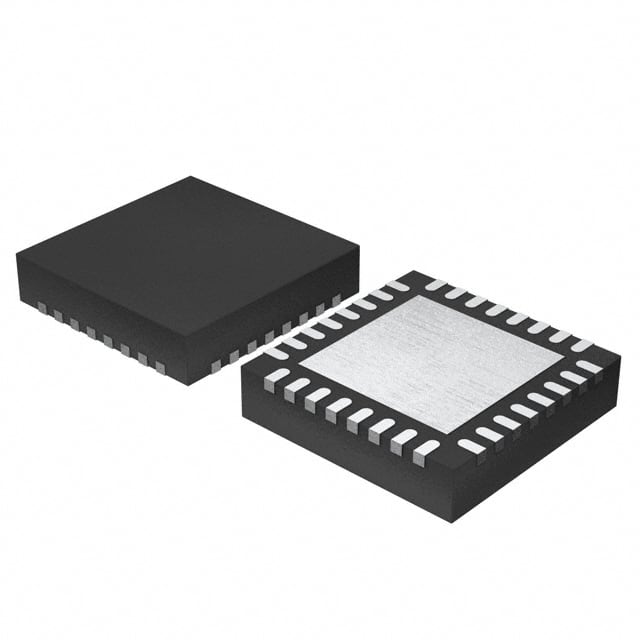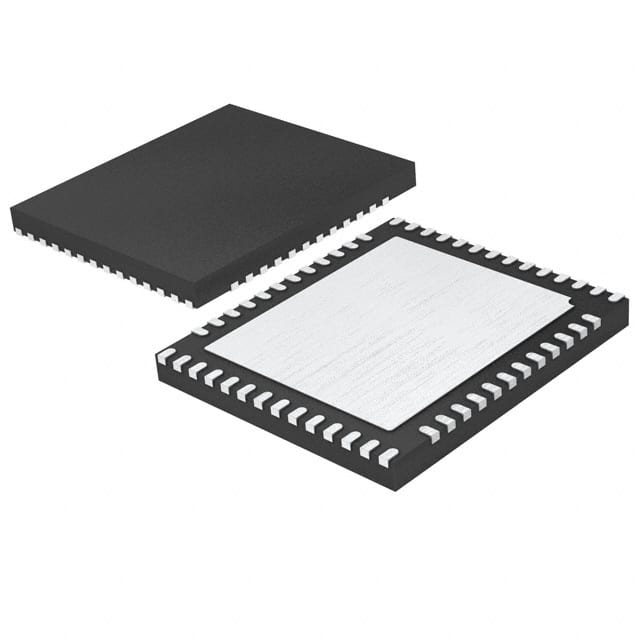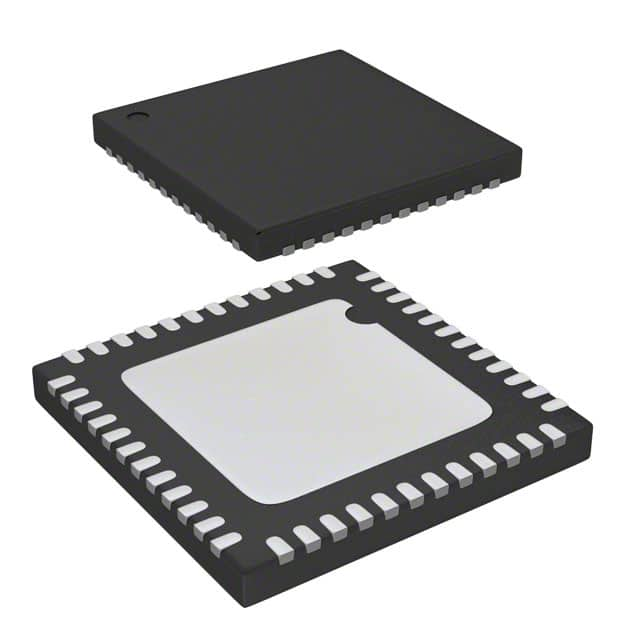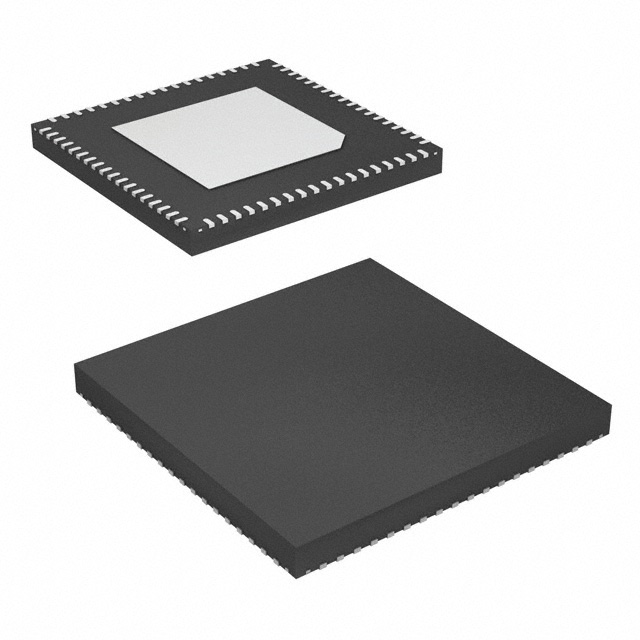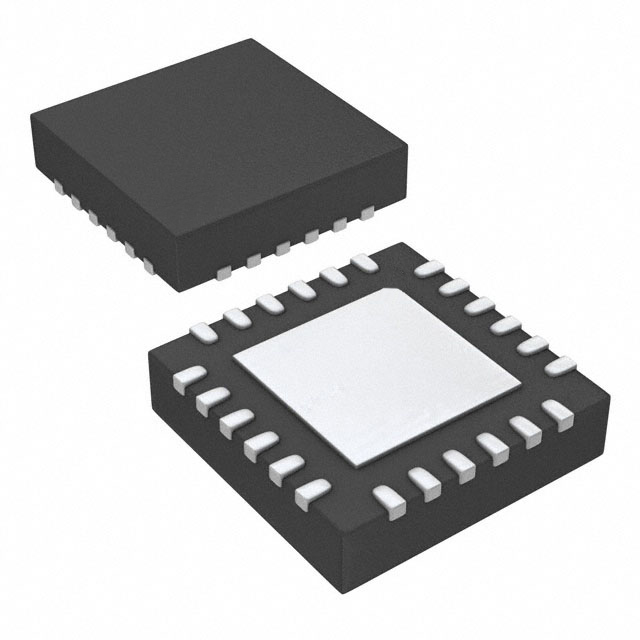SI5332D-D-GM1 Product Introduction:
Skyworks Solutions Inc. Part Number SI5332D-D-GM1(Clock/Timing - Clock Generators, PLLs, Frequency Synthesizers), developed and manufactured by Skyworks Solutions Inc., distributed globally by Jinftry. We distribute various electronic components from world-renowned brands and provide one-stop services, making us a trusted global electronic component distributor.
SI5332D-D-GM1 is one of the part numbers distributed by Jinftry, and you can learn about its specifications/configurations, package/case, Datasheet, and other information here. Electronic components are affected by supply and demand, and prices fluctuate frequently. If you have a demand, please do not hesitate to send us an RFQ or email us immediately sales@jinftry.com Please inquire about the real-time unit price, Data Code, Lead time, payment terms, and any other information you would like to know. We will do our best to provide you with a quotation and reply as soon as possible.
Introducing the SI5332D-D-GM1, the latest innovation from Skyworks Solutions Inc. This cutting-edge product is designed to revolutionize the world of wireless communication and connectivity. With its advanced features and versatile application fields, the SI5332D-D-GM1 is set to become an essential component for various industries.
One of the standout features of the SI5332D-D-GM1 is its exceptional performance. This high-performance clock generator offers ultra-low jitter, ensuring reliable and accurate data transmission. With a wide frequency range and multiple outputs, this product provides flexibility and compatibility with various systems.
The SI5332D-D-GM1 is also highly programmable, allowing users to customize its settings to meet their specific requirements. Its integrated EEPROM memory enables easy configuration and quick deployment, saving valuable time and effort.
This product finds its application in a wide range of fields, including telecommunications, automotive, industrial automation, and consumer electronics. Whether it is for wireless base stations, automotive infotainment systems, or smart home devices, the SI5332D-D-GM1 delivers exceptional performance and reliability.
In summary, the SI5332D-D-GM1 from Skyworks Solutions Inc. is a game-changer in the world of wireless communication. With its advanced features, programmability, and wide application fields, this product is set to redefine connectivity standards. Trust Skyworks Solutions Inc. to provide you with the best-in-class solutions for all your wireless communication needs.
Clock Generators are circuits or devices used to generate stable and precise pulses of electrical signals. The clock signal generated by it provides a unified time benchmark for various electronic devices, ensuring that the components of the device can synchronize operations and actions.PLL (Phase Locked Loop and phase-locked Loop) is a kind of circuit is used to control the frequency and Phase. It can convert the frequency and phase of an input signal into the frequency and phase of another output signal to realize the synchronization of frequency and phase. Frequency Synthesizers are devices that use one or more standard signals to generate a large number of discrete frequency signals through various technical approaches. It can realize precise control and adjustment of frequency to meet the needs of different application scenarios.
Application
Clock Generators are widely used in computer chips, digital circuits, radio communication, audio and video equipment and other electronic equipment. The clock signal generated by it is the basis for the normal operation of these devices, ensuring the stable transmission and processing of data. PLL (phase-locked Loop) is mainly used to detect and track the frequency and Phase of the input signal and convert it into a stable output signal. It can change the frequency of the input signal to achieve a specific purpose, such as signal synchronization, frequency conversion, etc. Frequency Synthesizers generate a series of high-precision frequency sources with a certain frequency interval through synthesis technology to provide the required frequency signals for various electronic devices. It is widely used in applications requiring accurate frequency control, such as radar, communications, electronic countermeasures and other fields.
FAQ about Clock/Timing - Clock Generators, PLLs, Frequency Synthesizers
-
1. What is the difference between a PLL and a synthesizer?
The main difference between a PLL (phase-locked loop) and a synthesizer lies in their functions and application scenarios. PLL is mainly used to achieve phase locking of the output signal with the input signal, while a synthesizer is used to generate output signals of multiple frequencies.
PLL (Phase Locked Loop) is a circuit used to lock the phase. It consists of three main parts: a phase detector (PD), a low-pass filter (LPF), and a voltage-controlled crystal oscillator (VCO).
A synthesizer is a device used to generate output signals of multiple frequencies. It realizes the frequency synthesis function by adding a frequency divider on the basis of PLL. Synthesizers can be divided into integer frequency synthesizers and fractional frequency synthesizers.
-
2. What are frequency synthesizers used for?
The main purpose of frequency synthesizers is to provide specific frequency signals for radio and communication systems. It is an important component of modern electronic systems and is widely used in communication, radar, navigation and other equipment.
Frequency synthesizers generate a large number of discrete frequencies with the same stability and accuracy from one or more reference signal sources with high frequency stability and accuracy through linear operations in the frequency domain. Specifically, frequency synthesizers use techniques such as frequency multiplication, frequency division, and mixing to obtain discrete frequency signals with the same stability as the reference signal.
-
3. How does PLL increase frequency?
PLL (phase-locked loop) is usually used to increase or decrease the frequency of a signal. Increasing the frequency usually involves increasing the value of the feedback divider, while decreasing the frequency involves increasing or adjusting the gain followed by a divider.
 Lead free / RoHS Compliant
Lead free / RoHS Compliant



